The Art of Sign Stealing: Nonverbal Communication Lessons from Connor Stalions
- Por Alan Crawley
- En Análisis de Caso, English
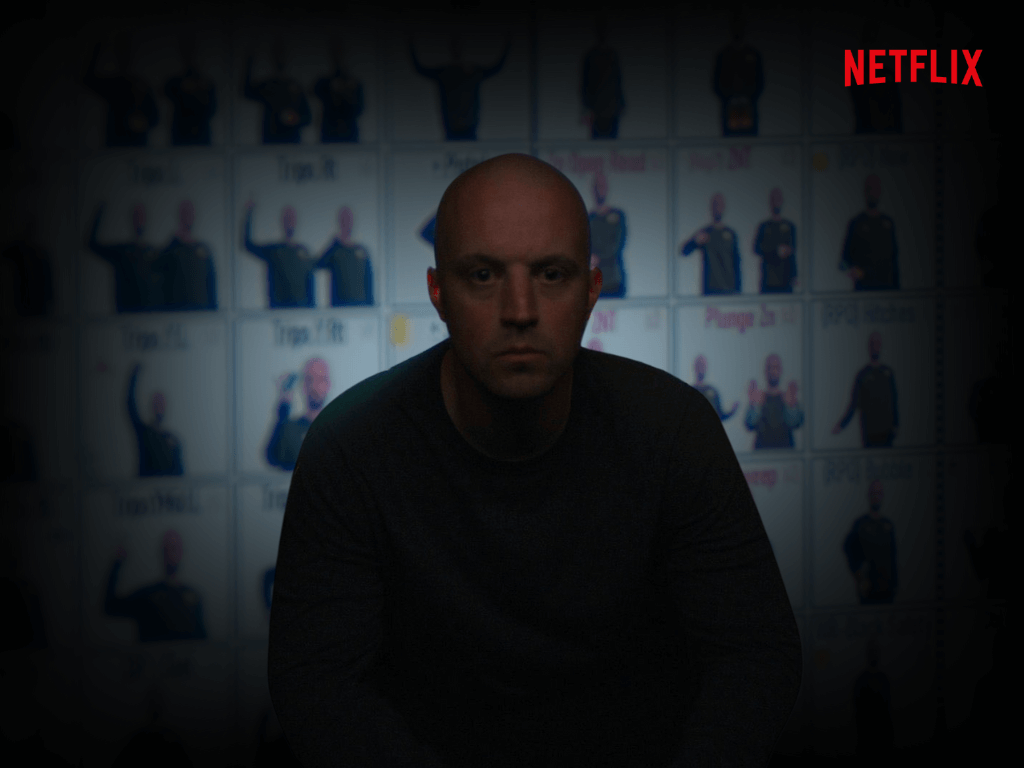
The Art of Sign Stealing: Lessons in Body Language from an Expert
Contextual Warning: In the world of competitive sports, nonverbal communication lessons from Connor Stalions are invaluable. This blog it’s about nonverbal communication, and not about the NCAA rulebook or whether Connor crossed any lines—a debate better left to legal experts, sports analysts and X users. What I’m interested in is the captivating of sign stealing as a case study to explore nonverbal communication in everyday life. Imagine being able to predict your opponent’s every move—not through mind-reading, but by decoding subtle signals. That’s the fascinating spy-world Connor Stalions embraced, and it’s a world that offers valuable lessons for all of us. Let’s dive into what we can learn.
The Sign Stealing Profession
I recently stumbled upon a profession I knew little about: sign stealing. It’s nothing new in sports like baseball and American football, where coordination and pre-game preparation are crucial. Coaches and players often use coded signals to communicate strategies without revealing their plans to the opposing team, much like a couple might use secret signals to discreetly communicate their desire to leave a boring dinner party with their neighbors.
In baseball, for example, the catcher often uses hand gestures to signal the type and location of the next pitch. These signals are coded to prevent the opposing team from relaying the information to the batter, who could then adjust his strategy. The stakes are high, as understanding the opposing team’s signals can provide a significant competitive advantage.
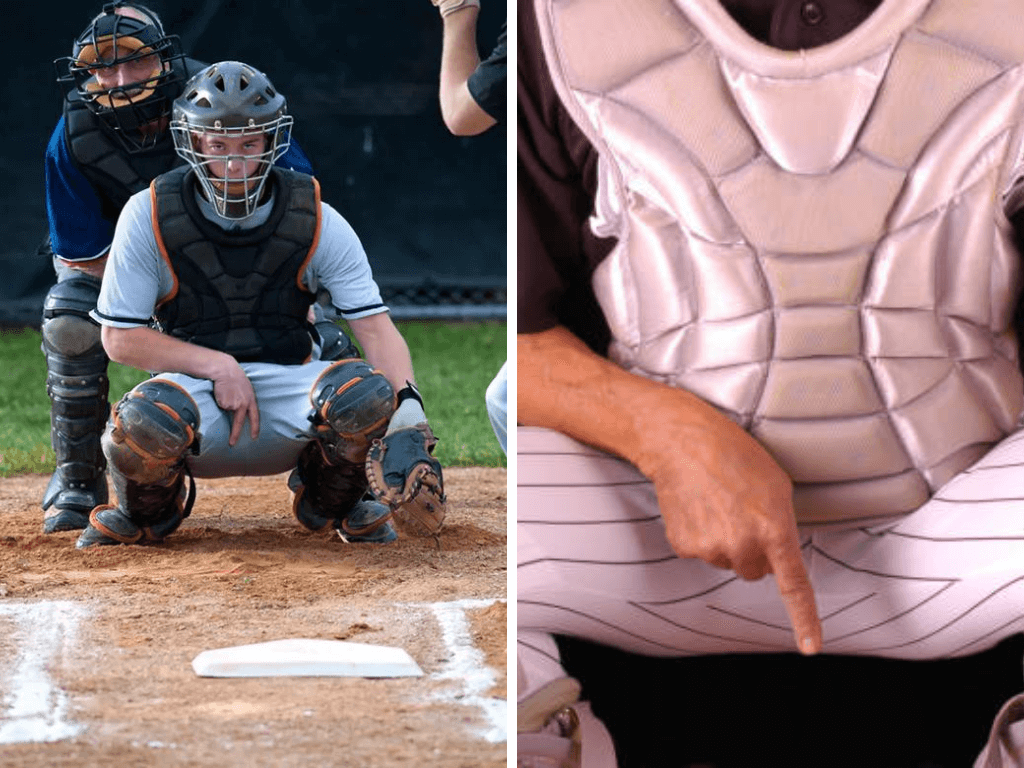
A recent episode from Netflix’s Untold, a series known for its gripping sports documentaries, brings a college football scandal to light. Connor Stalions, a former marine, decoded the secret gestures used by opposing teams in his division. The successful run for three years of Michigan College Football, culminating in winning the 2023 championship, is used as evidence of Stalions’ influence. While sign stealing is a legal and accepted role in sports, it must be done within certain limitations—limitations that are disputed in the episode.
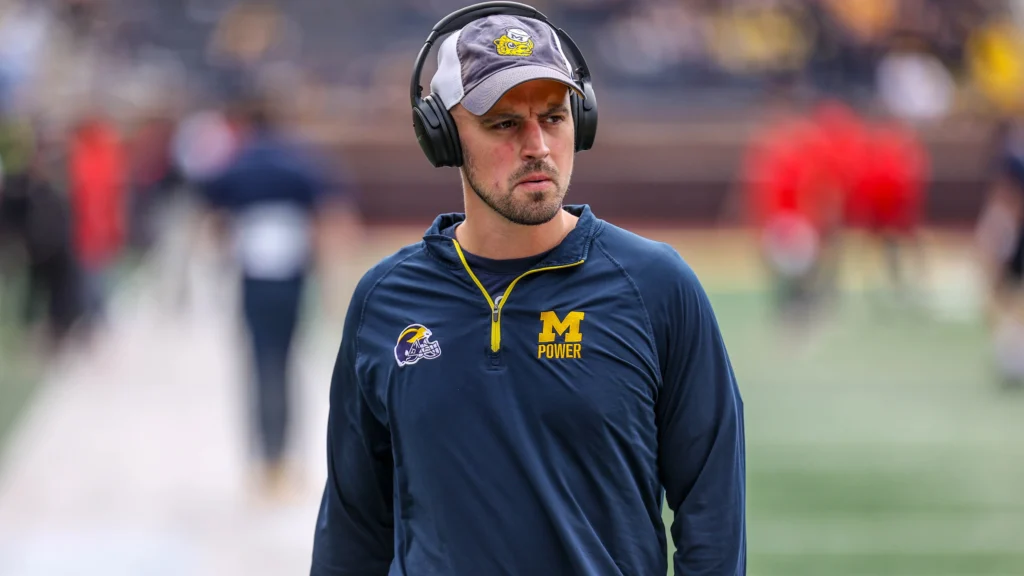
The Cat and Mouse Game
Connor aptly describes sign stealing as a “cat and mouse” game. From an evolutionary perspective, this scenario is a classic example of an arms race. Both encoders and decoders are constantly adapting, with each side motivated to outmaneuver the other. In competitive sports, even a slight advantage can make a significant impact, much like anticipating your opponent’s next move in chess.
This dynamic is not unlike the deciphering of secret codes during wartime. Think of Stalions as the Alan Turing of gestures, which is indeed a compliment. Instead of predicting enemy attacks, however, signal stealers in sports decode gestures to anticipate plays, such as whether an attack will be through the air or on the ground, and which player might be involved. Losing the element of surprise can make it incredibly challenging for a team to outmaneuver its opponent.
This dynamic is not unlike the deciphering of secret codes during wartime
Key Nonverbal Communication Lessons from Connor Stalions
I couldn’t stop thinking about the need to write this article even while I was still watching the episode. The story is a real-life, high-stakes situation where systematic observation followed by tactical implementation demonstrated how nonverbal cues can provide a decisive advantage. While you might not be decoding football plays in your daily life, the principles that Stalions mastered can be just as powerful in everyday interactions. Now, let me share with you two key learnings that you can take away right now:
1. Taxonomy is King
Connor Stalions began his research by meticulously documenting and categorizing around 2-3 thousand different gestures and postures. This task involved recording himself performing these gestures, and then systematically creating a visual record of each one. His goal was not just to recognize these gestures but to understand their subtle variations. This labor-intensive process likely took months, yet it was instrumental in developing a comprehensive “Body Language Dictionary.” By assigning labels and organizing these gestures, Stalions created a resource that allowed him to translate sequences of gestures into specific, actionable plays—such as “Pull right and protect.”
The primary takeaway is clear. Your ability to recognize different gestures directly correlates with the number you can identify and distinguish. The more gestures you can recognize, the better your perception and accuracy in reading nonverbal cues will be. To enhance your ability to detect and understand gestures, it’s crucial to become familiar with the physical and audible differences between them. Moreover, creating your own set of images or videos is an effective way to train yourself to recognize gestures in real-time situation.
In essence, without labels or a clear understanding of gestures, recognition becomes challenging, underscoring the importance of a well-organized taxonomy. Think of it like training your brain to recognize fine wine—except here, you’re fine-tuning your perception of body signals, which could be just as intoxicating if you get it right.
The more gestures you can recognize, the better your perception and accuracy in reading nonverbal cues will be
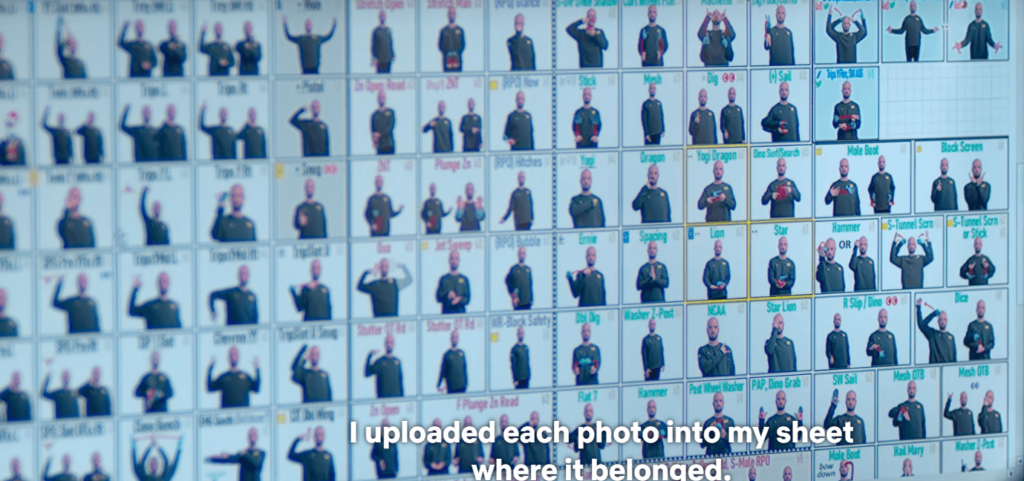
2. Not All Gestures are Created Equal
Human nonverbal behavior encompasses a vast repertoire of actions, from subtle winks to emphatic nods. The meanings of these gestures are not universally fixed; rather, they depend heavily on the cultural context, the relationship between the individuals involved, and the specific situation. Most gestures are inherently ambiguous, possessing multiple potential meanings that can shift depending on the interaction. This complexity often precludes the possibility of creating a definitive “body language dictionary” for general use. However, within this reality, a particular category of gestures—known as Emblematic Gestures—stands out.
Emblematic Gestures are those with a clear, symbolic relationship to the idea they represent. Emblems are actions that generally replace speech. These gestures can typically be translated directly into words or phrases and are consciously performed and understood within a specific cultural context. While their meanings can vary across different groups and nations, some Emblematic Gestures have meanings that transcend cultural boundaries, like the gesture of “Okay.” Others are less known, like Lionel Messi’s gesture of placing symmetrical hands behind his ears with a straight face toward Van Gaal during the semifinal match of the 2022 World Cup
Within this category, there is a subset known as “Technical Gestures,” used in specialized professional settings by niche groups. These gestures, such as those used by military personnel, firefighters, or aircraft marshallers, have precise, learned meanings like “Stop,” “Decrease pressure,” or “All clear.” Understanding these gestures requires training and knowledge specific to the context in which they are used, highlighting that not all gestures are created equal—they must be learned and are typically only known by members of a particular profession.
Most gestures are inherently ambiguous, possessing multiple potential meanings that can shift depending on the interaction
These technical gestures are predominantly used when specialists must keep quiet, be discreet, or cannot be heard (Morris, 1977). Some of these behaviors are implemented overtly, directed toward both in-group members and outsiders. For example, a football referee making the VAR revision gesture by drawing a rectangle with his two index fingers communicates everyone in in the stadium about his decision: “I will review the play watching the video recording”. Slightly different are those gestures from a player preparing to take a corner kick: he might raise his left, right, or both arms to indicate where the ball is going to go. In contrast to the referee’s well-known meaning, here, rivals are blind to it and thus unable to decipher the gesture’s intent.
It’s essential to remember that symbolic gestures are the exception rather than the rule. While familiar gestures like a wave for “Hello” or “Goodbye,” a nod, or a headshake are well-known, they are actually a minority in the vast sea of gestures. In most conversations, gestures cannot be directly translated into a literal verbal meaning. This case study highlights these unique gestures properties, in contrast to the more ambiguous nonverbal cues we encounter in everyday interactions.
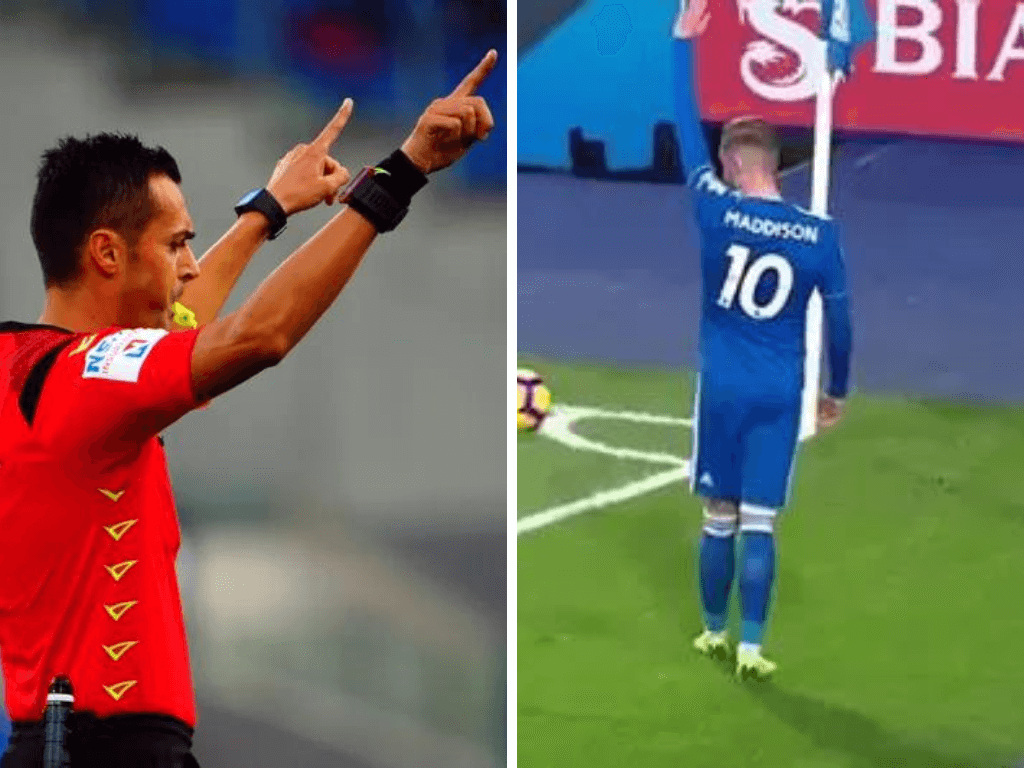
Two Lessons for Nonverbal Communication
Connor Stalions’ obsession with the Michigan team and his expertise in social intelligence offer valuable insights for those interested in nonverbal communication. By crafting an atlas of gestures, Stalions enhanced his pattern recognition skills and created shortcuts for deciphering his opponents’ signals. While most gestures in everyday interactions are not emblematic, training your perception to spot sequences of behaviors can provide a significant edge in interpreting others’ intentions and actions.
Nonverbal communication lessons from Connor Stalions can be simplied:
- Learn how to classify gestures. This will aid your memory, facilitate recognition, speed up your response time, and increase your “palette” of gestures to perceive subtleties.
- Understanding that a subset of gestures has concrete meanings allows you to recognize that, in contrast, most behaviors are ambiguous and open to multiple interpretations.
This case study illustrates that nonverbal communication is a complex and dynamic field where even the smallest details can make a difference. Paraphrasing the esteemed Peter Collett, it’s not about the size of the gesture—sometimes, the smallest can have the greatest impact. Whether you’re decoding signals on the football field or in a discussion with your boss, attentiveness and skill in nonverbal behavior can give you a competitive advantage in both sports and life. And let’s be honest, who wouldn’t want that extra edge?
References:
Morris, D. (1977). Manwatching. A Field Guide to Human Behaviour, Frogmore, Triad.
También te puede gustar

A South American Fish in a California Pond: People-Watching
- diciembre 29, 2023
- por Alan Crawley
- en English



